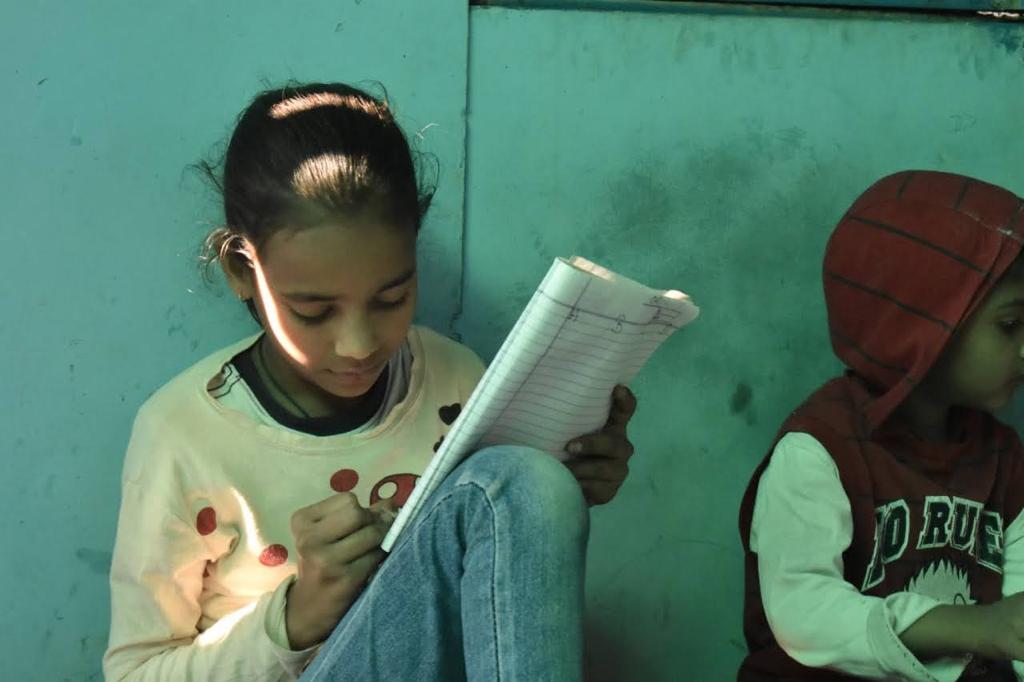The National Education Policy 2020 was announced on 29th July 2020 and is a much-needed upgrade to the previous National Policy on Education of 1986. Our education system has had no major reforms in terms of the structure and content for the last 34 years, whereas the world has completely transformed during this period. The last critical reform in this sector was ‘The Right to Education Act, 2009’, which laid down the importance of free and compulsory education for children aged between 6-14 years in India under Article 21 (A) of the Constitution of India.
While the NEP 2020 is a welcome move and covers some of the most pressing challenges faced by this sector, it is only a policy which means that the document is a set of recommendations by the expert committee. The policy only highlights the best practices that need to be followed, however, a critical part about implementation still remains unclear. Thus the effectiveness of the policy will depend upon how the policy is implemented on the ground.
The policy identifies that India will have the highest population of young people in the world over the next decade, and our ability to provide high-quality educational opportunities to them will determine the future of our country and that Education is fundamental for achieving full human potential, developing an equitable and just society, and promoting national development.
NEP 2020 also links itself to the Sustainable Development Goals (SDGs) 2030. The global education development agenda, reflected in the Goal 4 (SDG4) of the 2030 Agenda for Sustainable Development, adopted by India in 2015 – seeks to “ensure inclusive and equitable quality education and promote lifelong learning opportunities for all” by 2030. Such a lofty goal will require the entire education system to be reconfigured to support and foster learning, so that all of the critical targets and goals (SDGs) of the 2030 Agenda for Sustainable Development can be achieved.
With the quickly changing employment landscape and global ecosystem, it is becoming increasingly critical that children not only learn, but more importantly learn how to learn. Education, thus, must move towards less content, and more towards learning about how to think critically and solve problems, how to be creative and multidisciplinary, and how to innovate, adapt, and absorb new material in novel and changing fields. Pedagogy must evolve to make education more experiential, holistic, integrated, inquiry-driven, discovery-oriented, learner-centered, discussion-based, flexible, and, of course, enjoyable.
The policy outlines that the gap between the current state of learning outcomes and what is required must be bridged through undertaking major reforms that bring the highest quality, equity, and integrity into the system, from early childhood care and education through higher education, and that the aim must be for India to have an education system by 2040 that is second to none, with equitable access to the highest-quality education for all learners regardless of social or economic background.
About the Author
Manik loves to spend time with his family, listening inquisitively to the stories his grandparents share. He has always been passionate about helping society and thus gave up his Investment Banking career to pursue his passion. Having majored in finance, he wishes to increase financial literacy and awareness in the country.


